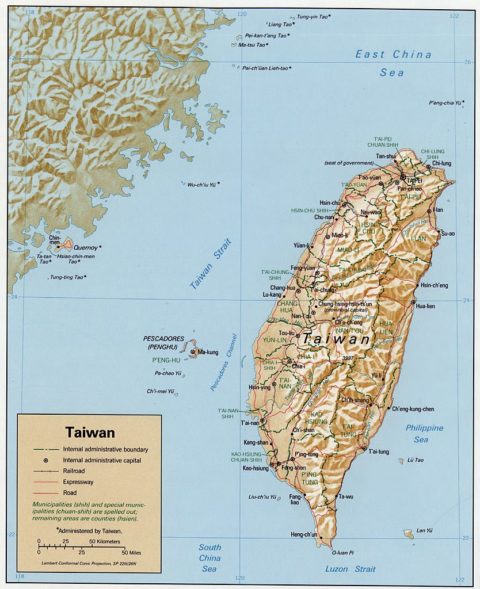Admiral Gary Roughead considers the regional situation of Taiwan in 2021:
There has been a spate of recent articles proffering when the People’s Republic of China (PRC) will likely be capable of invading Taiwan. The prognostications are interesting but unhelpful as they distract from the reality of the range of coercive actions the PRC may impose on Taiwan and what could happen now as a result of the PRC increasing pressure and a related military accident or misstep in the vicinity of Taiwan.
The current American penchant to jump to military options to address thorny global problems often casts the Taiwan dilemma in a superficial bilateral or trilateral military context. That aperture must be opened more fully to consider the realities, attributes, and interests of Taiwan, and how those factors will influence the methods and timing of Beijing’s reunification objective. Moreover, those realities, some inconvenient, must underpin new and broader thinking about how to ensure Taiwan’s existence as a vibrant democracy.
[…]
Changing defense strategy to adjust to new circumstances can’t simply discount the realities of today. The interaction of the Air Forces of Taiwan and the PRC in 2020 was extraordinarily high and costly for Taiwan, and maritime and naval considerations will also continue to loom large for Taiwan’s security.
PRC naval force structure both in terms of capacity (numbers) and capability (effectiveness and quality) has grown impressively in the past two decades and some comparisons are worth noting. There are over 330 ships in the PLA Navy and construction continues at an impressive pace. The Chinese Coast Guard numbers 255 ships. The PLA Navy, except for short episodic out of area deployments of small numbers of ships, is concentrated within the First Island Chain. Taiwan’s navy has 86 ships in service, more than half are coastal patrol craft. Its small Coast Guard of 23 ships is not close to being on par in numbers, ship size, or capability as that of the PRC. The U.S Navy stands at 296 ships. The American fleet enjoys a qualitative advantage, but only approximately 60 percent of the U.S. Fleet is assigned to the Pacific, with 11 of those forward deployed to Japan. The remainder are thousands of miles away.
PLA Air Force and Taiwan Air Force aircraft inventories are similarly imbalanced with fighter numbers 600 (Eastern Theater) and 400 respectively. The PLA Air Force’s fighter total is 1,500 and would inevitably backfill shortages and combat losses. The U.S. Air Force combat coded fighters number 1,011. The PRC’s Air Force and Navy regional concentration is reinforced by a Rocket Force of nearly 1,000 intermediate and lesser range ballistic missiles and 300 ground launched cruise missiles.
China’s focus on “informationized” warfare integrates cyber operations into the PRC’s anti-access area denial strategy and architecture. The BeiDou satellite network enables full autonomy in positioning, navigation, and timing (PNT) information for PLA ground, sea, and air forces and is the essential factor in precision weapon employment. Another contributor to precision engagements and overall situational awareness is China’s 120 reconnaissance and remote sensing satellites. A robust People’s Armed Forces Maritime Militia also provides close-in maritime locating information and has and will interfere with U.S., Taiwanese, and other nations’ naval and maritime operations.




